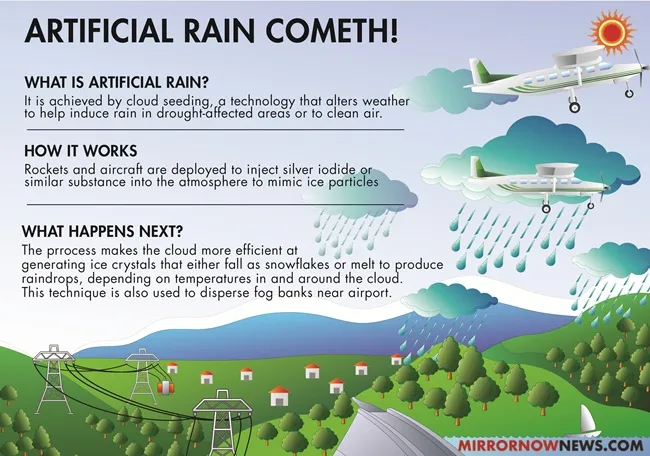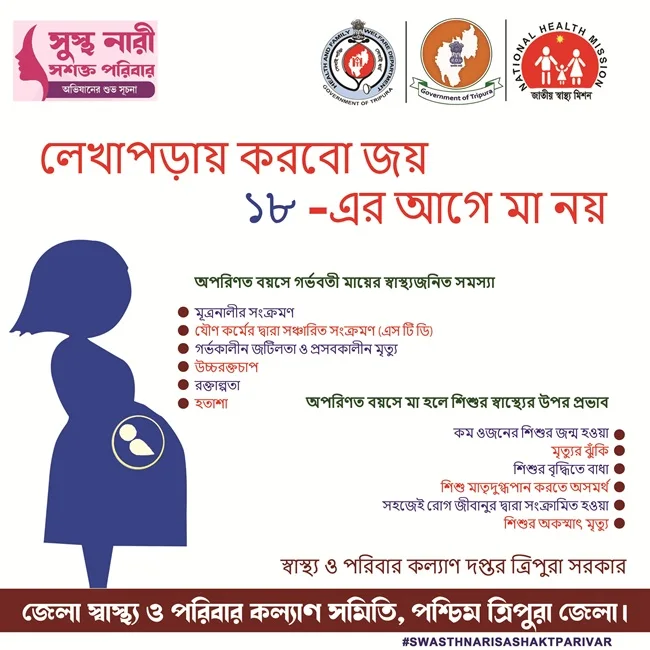New Delhi, Oct 25, 2025 , SKY LINK TIMES:
In a historic move to combat severe air pollution, the Delhi government has announced that the city will witness its first-ever Artificial Rain through cloud seeding between October 28 and 30. The initiative marks a major step toward using climate technology to reduce toxic smog levels in the National Capital Region (NCR).

Delhi Set for Technological Milestone in Pollution Control
Chief Minister Rekha Gupta confirmed that preparations have been completed to carry out the cloud seeding operation, calling it a “significant technological milestone in Delhi’s battle against air pollution.”
Environment Minister Manjinder Singh Sirsa stated that all necessary systems, including aircraft, meteorological infrastructure, and environmental monitoring equipment, are ready for the mission.
Officials noted that if successful, the artificial rain could temporarily wash away pollutants, reduce particulate matter concentration, and provide some relief to residents from the city’s worsening air quality.
What Is Cloud Seeding and How It Works
Cloud seeding is a weather modification technique that involves dispersing chemicals like silver iodide, potassium iodide, or dry ice into clouds to encourage rainfall.
In Delhi’s case, specially equipped aircraft will release these particles into moisture-laden clouds, triggering artificial precipitation that can help settle airborne pollutants.
Experts from the Indian Institute of Technology (IIT) Kanpur and the India Meteorological Department (IMD) have been assisting the Delhi government in designing the process and identifying favorable atmospheric conditions.
ALSO READ : Neeraj Chopra Gets Honorary Lt Colonel Rank – SKY LINK TIMES
Authorities Hope for Cleaner Air Before Winter
Delhi often records hazardous air quality levels during late October and November due to stubble burning, industrial emissions, and vehicular pollution, compounded by stagnant weather conditions.
Authorities believe artificial rain could provide temporary relief while complementing long-term pollution control measures like GRAP (Graded Response Action Plan), vehicle restrictions, and construction bans.
Environmental experts, however, cautioned that while cloud seeding may reduce pollution for a short duration, sustainable solutions such as green transport, waste management, and regional coordination remain critical for lasting change.
For More Info Stay Tuned: https://skylinktimes.in



